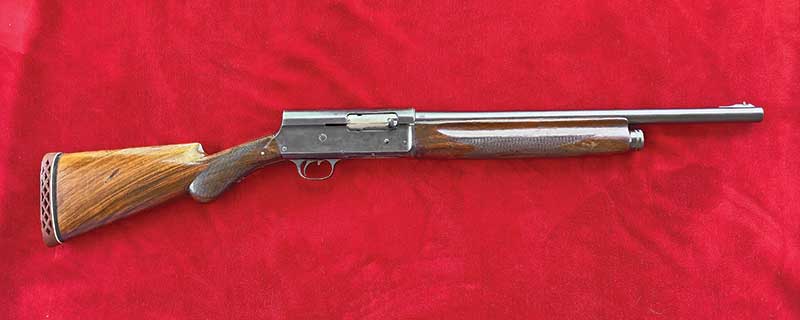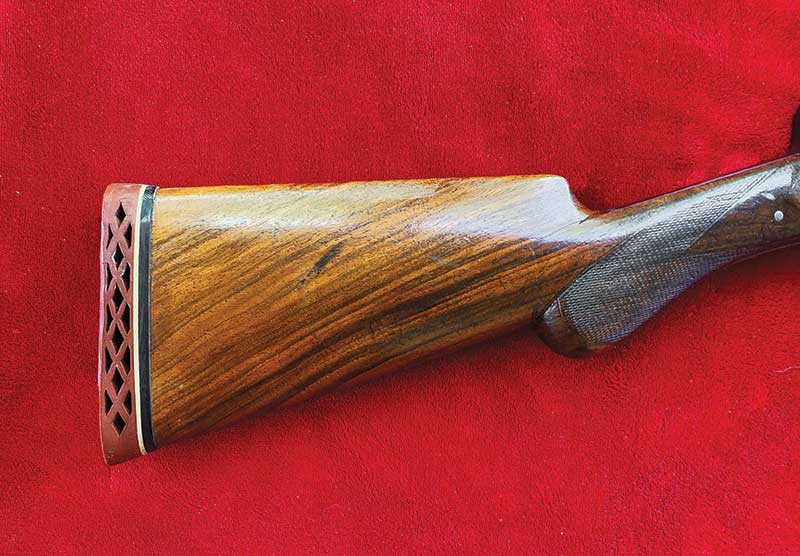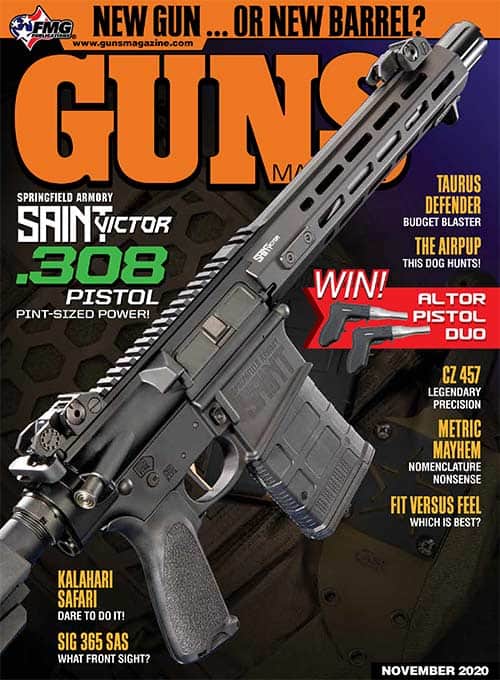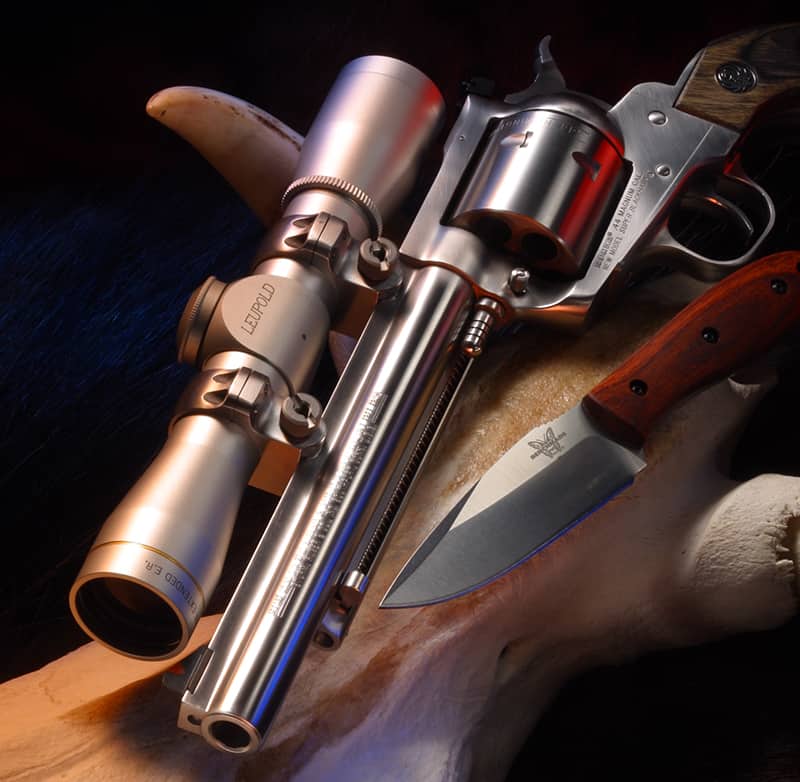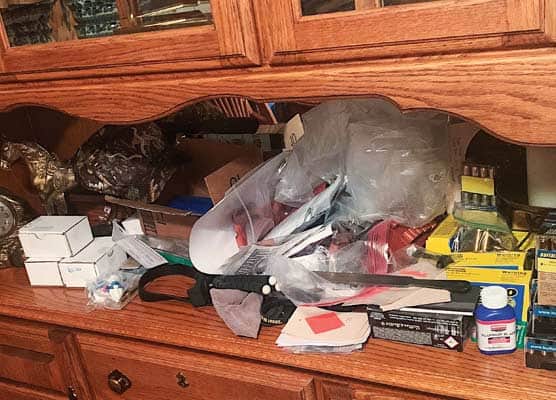The Look
The shotgun has a distinctive high receiver, earning it the nickname “Humpback.” The top of the receiver goes straight back level with the barrel before dropping to the stock, making the A-5 easy to identify.
The A-5 can be loaded by placing four rounds into the tubular magazine. Apply the safety. When the bolt handle is retracted it stays to the rear then a button on the right side of the receiver is pushed, chambering a shell and closing the bolt. The shotgun can be “topped off” by placing another shell in the magazine.
The A-5 is a long-recoil action. When a chambered shell is fired, the barrel and bolt recoil together to re-cock the hammer. As the barrel returns to its initial position, the bolt remains behind and ejects the spent shell. The bolt then returns forward and feeds another shell. This type of long-recoil action was the first of its kind and patented by Browning in 1900.
